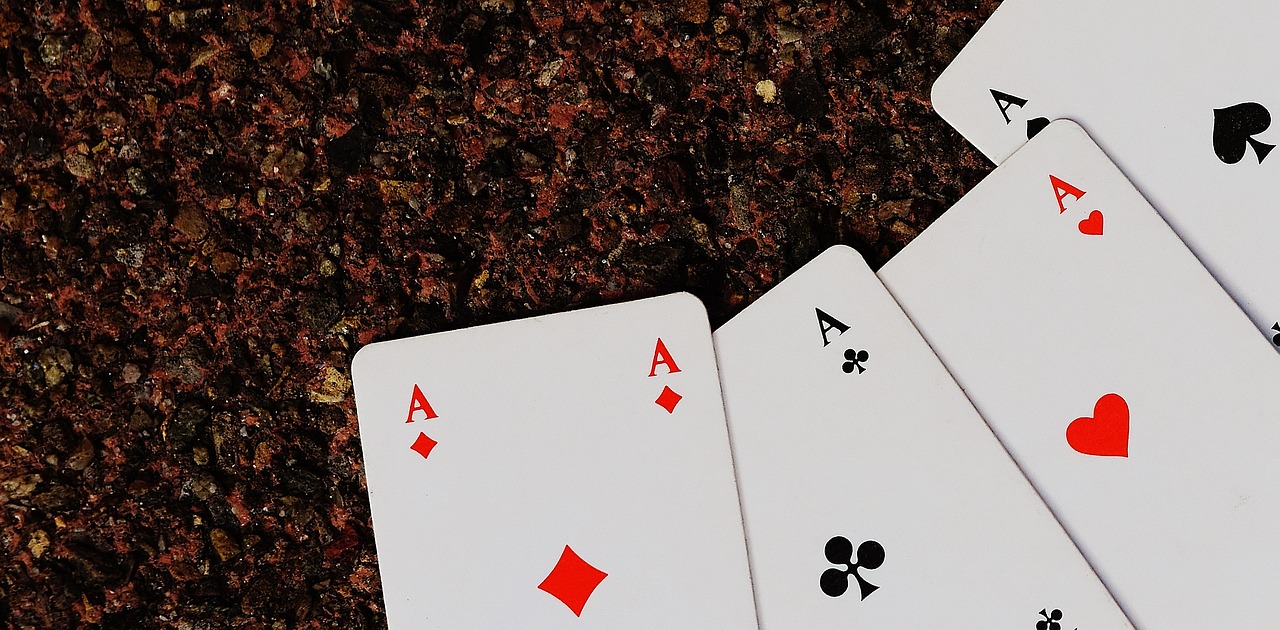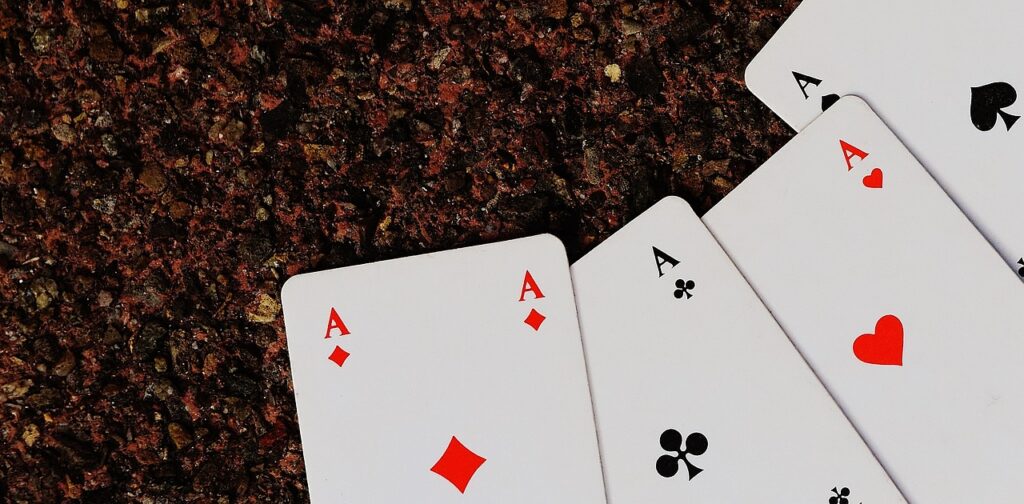Knowledge is the key to growth and progress in every aspect of life. It forms the backbone of decision-making, innovation, and the overall advancement of humanity. But what is knowledge? How do we gain it? Why is it so essential? This blog dives deep into the concept of knowledge, exploring its types, sources, and role in shaping our personal and professional lives.
What is Knowledge?
Knowledge is the collection of facts, information, and skills acquired through experience or education. It encompasses understanding concepts, principles, and theories related to different domains. It helps people make informed decisions, solve problems, and generate new ideas.
Types of Knowledge
There are various types of knowledge. Each type serves a different purpose and contributes to our understanding of the world around us. Below are the main types:
Explicit Knowledge
This type of knowledge is formal and can be easily documented. It is found in books, articles, manuals, and databases. People can easily share explicit knowledge with others.
Tacit Knowledge
Tacit knowledge is gained through personal experience and is often difficult to communicate. It includes skills and insights developed over time, such as leadership, intuition, or problem-solving abilities.
Implicit Knowledge
Implicit knowledge is similar to tacit knowledge but is often not consciously known. It includes habits and skills that we use without thinking, like riding a bike or typing on a keyboard.
How Knowledge is Acquired
Knowledge can be obtained through several methods. Learning comes from a combination of these sources, allowing us to build a well-rounded understanding of various subjects.
Formal Education
Schools, universities, and training institutions provide structured learning. In formal education, learners follow a curriculum designed to deliver specific knowledge. Students gain both theoretical and practical insights.
Experience
Experience is one of the most powerful sources of knowledge. Lessons learned through real-life situations often stick with us longer. Experience teaches us what works and what doesn’t.
Social Interactions
We often acquire knowledge through discussions and social interactions. Peers, mentors, and colleagues provide valuable insights and perspectives, helping us see things from different angles.
Observation
Observation allows individuals to learn by watching others. By observing experts or processes, one can acquire practical knowledge that helps in day-to-day life and professional settings.
Reading and Research
Books, articles, and online resources are excellent sources of information. Conducting research and staying updated on various topics enhances your knowledge.
Trial and Error
Trial and error is a natural way of learning. By experimenting, we find out what works and refine our approaches based on failures or successes.
The Role of Knowledge in Society
Knowledge is essential to societal progress. It drives innovation, supports education, and encourages critical thinking. Let’s explore how knowledge impacts different areas of life:
Innovation and Technology
Knowledge fuels innovation. Technological advancements are driven by accumulated understanding in fields like science, engineering, and computing. The more we know, the faster we develop new tools, methods, and inventions.
Education and Learning
Education is the cornerstone of knowledge acquisition. A well-educated population drives a nation’s development. Teachers impart knowledge to students, who then become innovators, leaders, and skilled workers.
Problem-Solving and Decision-Making
Knowledge helps individuals and organizations solve complex problems and make informed decisions. With the right knowledge, decision-making becomes faster, more efficient, and reliable.
Economic Growth
Countries with a knowledge-based economy tend to prosper. Nations investing in research, education, and technology see significant growth. Knowledge provides a competitive advantage in the global marketplace.
Health and Medicine
In the field of healthcare, knowledge saves lives. Medical research, knowledge of diseases, and new treatments allow healthcare professionals to offer better care to patients.
The Knowledge Cycle
Knowledge is not static. It constantly evolves as we discover new things and challenge old beliefs. This continuous cycle keeps humanity moving forward. The knowledge cycle consists of:
- Acquisition: Gaining new information through various means.
- Processing: Understanding and interpreting the information.
- Storage: Retaining information for future use.
- Sharing: Passing on knowledge to others.
- Application: Using knowledge in practical situations.
- Evaluation: Assessing whether the knowledge was helpful or needs to be updated.
This cycle ensures that knowledge remains dynamic and relevant.
How Knowledge Management is Used
Organizations have recognized the importance of managing knowledge. Effective knowledge management allows businesses to leverage their intellectual capital, leading to improved efficiency and innovation.
Capturing Knowledge
Companies create processes to capture both explicit and tacit knowledge from employees, clients, and partners. This ensures that the knowledge stays within the organization, even when individuals leave.
Storing and Organizing Knowledge
After capturing knowledge, companies store it in databases or knowledge management systems. These systems allow for easy retrieval of information when needed.
Sharing Knowledge
Knowledge sharing is critical to organizational success. By encouraging collaboration and open communication, companies ensure that knowledge flows freely across departments.
Applying Knowledge
Effective knowledge management ensures that employees can access the right information at the right time. This improves decision-making, fosters innovation, and boosts productivity.
Updating Knowledge
As industries change and evolve, organizations must continuously update their knowledge base. This ensures they remain competitive and adaptive to new market trends.
Knowledge and Personal Growth
Knowledge also plays a vital role in personal growth. It allows individuals to develop new skills, pursue hobbies, and advance in their careers. Continuous learning enhances self-awareness and opens up new opportunities.
Skills Development
Gaining knowledge in a particular field helps develop expertise. Whether it’s coding, writing, or cooking, knowledge empowers individuals to master new skills and excel in their pursuits.
Career Advancement
In today’s competitive job market, knowledge is a key differentiator. Employees who stay updated on industry trends and learn new skills are more likely to get promoted or find better job opportunities.
Self-Improvement
Personal development often stems from acquiring knowledge. Learning about health, relationships, or finances helps individuals make better life decisions and improve their overall well-being.
Detailed Table on Knowledge Types
Below is a detailed table illustrating the various types of knowledge, how they are acquired, and examples of each.
| Type of Knowledge | How It’s Acquired | Examples |
|---|---|---|
| Explicit | Formal education, reading | Mathematics, historical facts |
| Tacit | Experience, observation | Leadership skills, intuition |
| Implicit | Habit, routine | Typing speed, riding a bicycle |
| Procedural | Training, hands-on learning | Software usage, machine operation |
| Declarative | Study, research | Laws of physics, chemical formulas |
| Practical | Trial and error, practice | Crafting, cooking, woodworking |
| Conceptual | Theoretical learning | Economic theories, philosophical ideas |
| Analytical | Problem-solving, reasoning | Logical thinking, data analysis |
Conclusion
Knowledge is a powerful tool that shapes every facet of life. From personal growth to societal advancements, knowledge paves the way for innovation, problem-solving, and decision-making. Acquiring knowledge through education, experience, and interaction is essential for both individual success and the progress of humanity as a whole.
Whether it’s explicit knowledge gained through reading or tacit knowledge developed through experience, all forms of knowledge contribute to building a better world. Stay curious, keep learning, and apply the knowledge you gain to make informed choices and drive positive change.
Frequently Asked Questions
What are the different types of knowledge?
There are several types of knowledge, including:
- Explicit Knowledge: Formal, documented knowledge found in books, manuals, and databases.
- Tacit Knowledge: Personal experience and insights that are difficult to communicate.
- Implicit Knowledge: Unconscious skills and abilities that develop through practice.
- Practical Knowledge: Skills learned through trial and error, like cooking or crafting. Each type of knowledge has its role in shaping how we understand and navigate the world.
How does knowledge influence decision-making?
Knowledge plays a critical role in decision-making. When individuals or organizations have access to the right information, they can make more informed and logical choices. This minimizes risks and maximizes outcomes. Without sufficient knowledge, decision-making becomes guesswork, leading to potential errors or failures. By constantly acquiring and updating knowledge, individuals and companies can stay ahead in their fields.
Why is knowledge management important for organizations?
Knowledge management is crucial for organizations because it helps preserve valuable information, promotes collaboration, and boosts efficiency. When employees leave, organizations risk losing critical knowledge. Effective knowledge management ensures that expertise and insights remain accessible, enabling smoother operations and fostering innovation. It also streamlines decision-making, improves problem-solving, and keeps the organization competitive.
How can I improve my personal knowledge?
Improving personal knowledge can be achieved through several strategies:
- Read regularly: Stay updated on various topics through books, articles, and online resources.
- Engage in continuous learning: Attend workshops, courses, or pursue higher education.
- Practice skills: Apply what you learn in real-life situations to reinforce your understanding.
- Seek feedback: Learning from others’ experiences helps refine your knowledge. Adopting these habits will help you grow both personally and professionally.
4o












